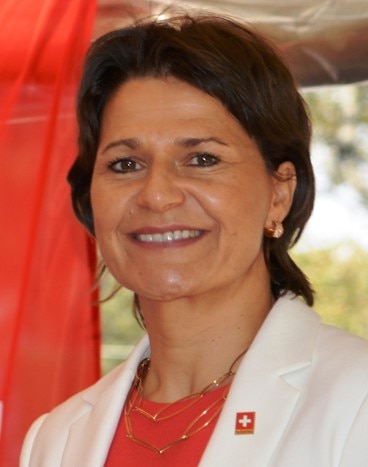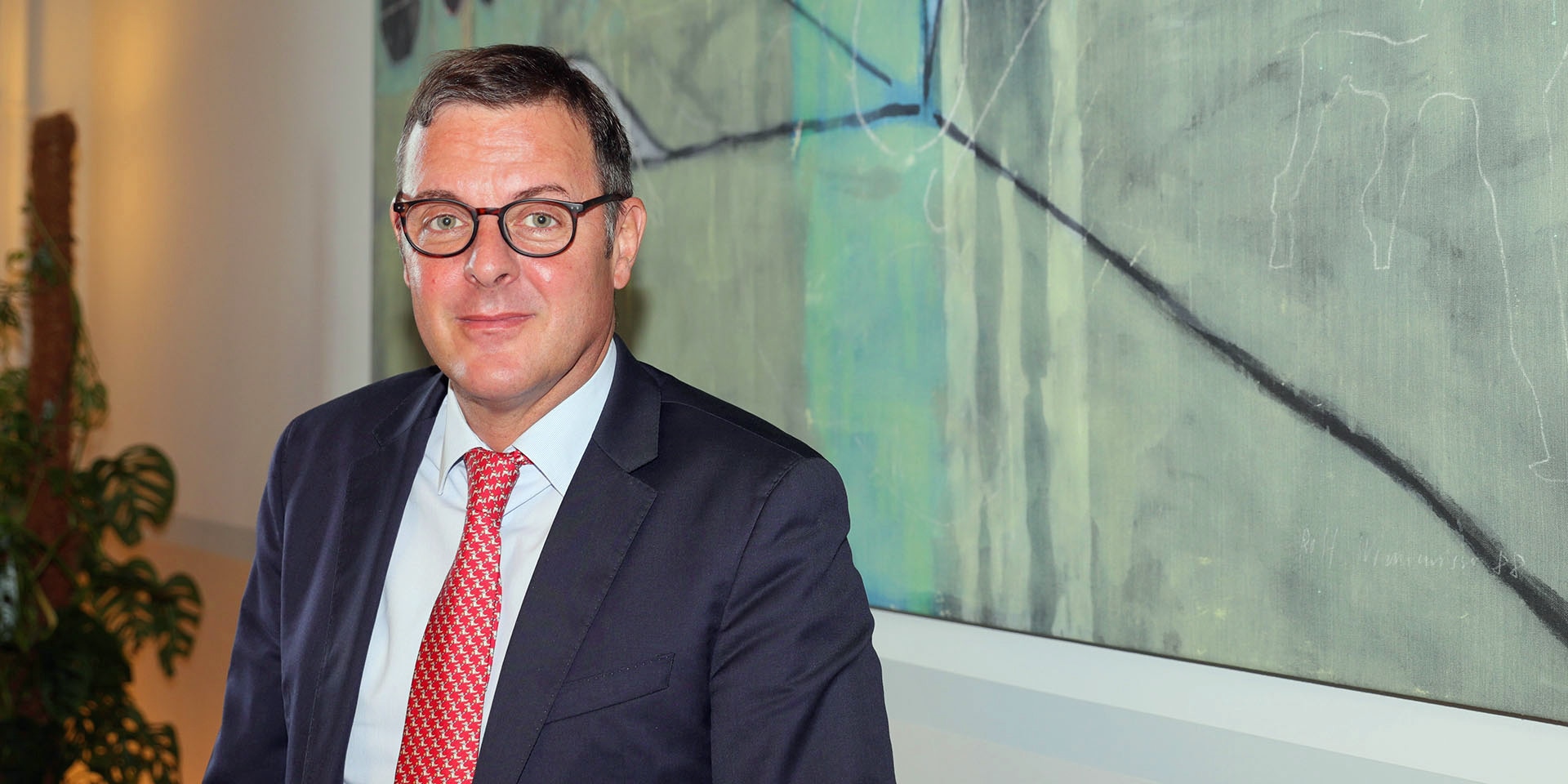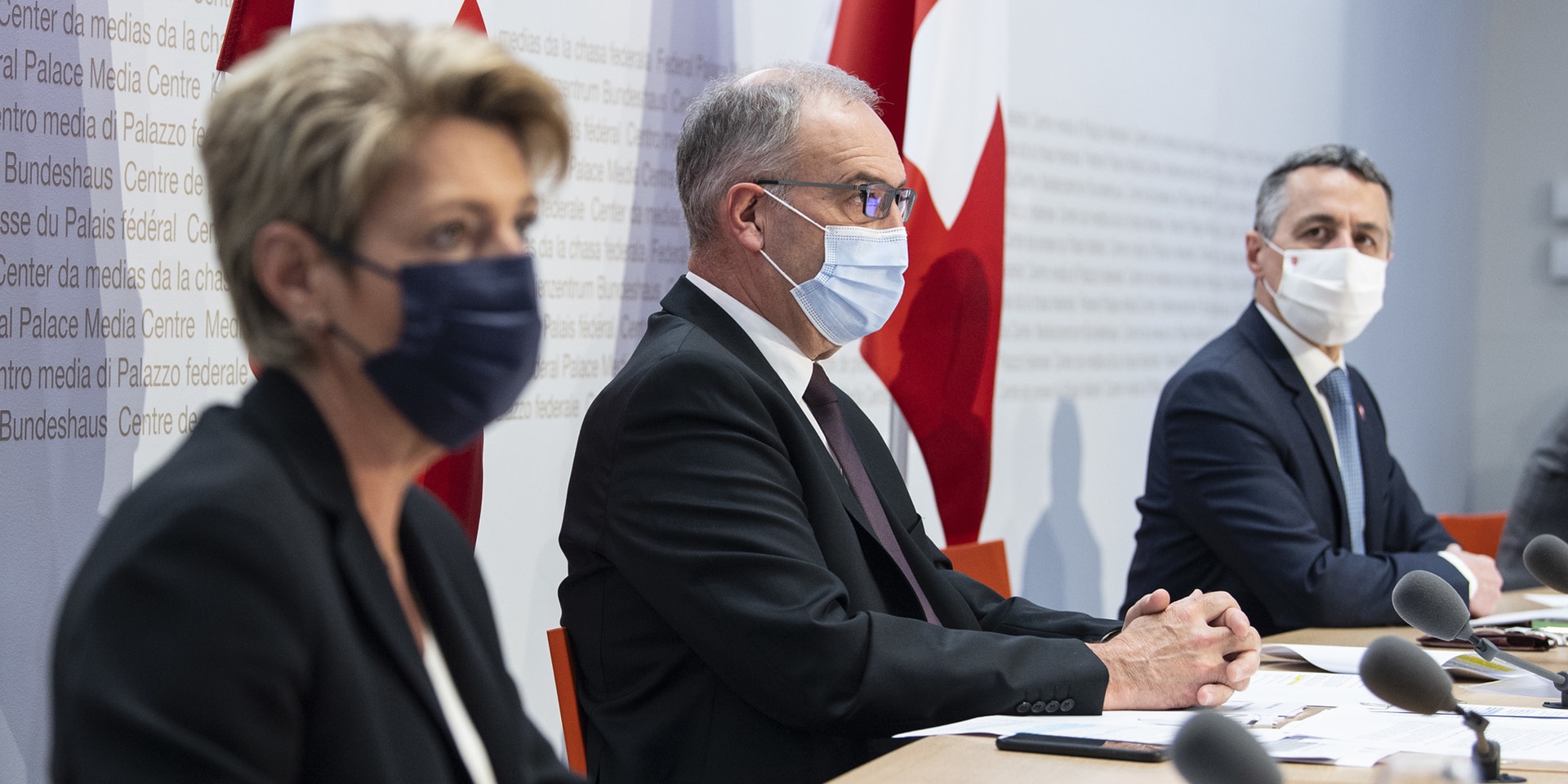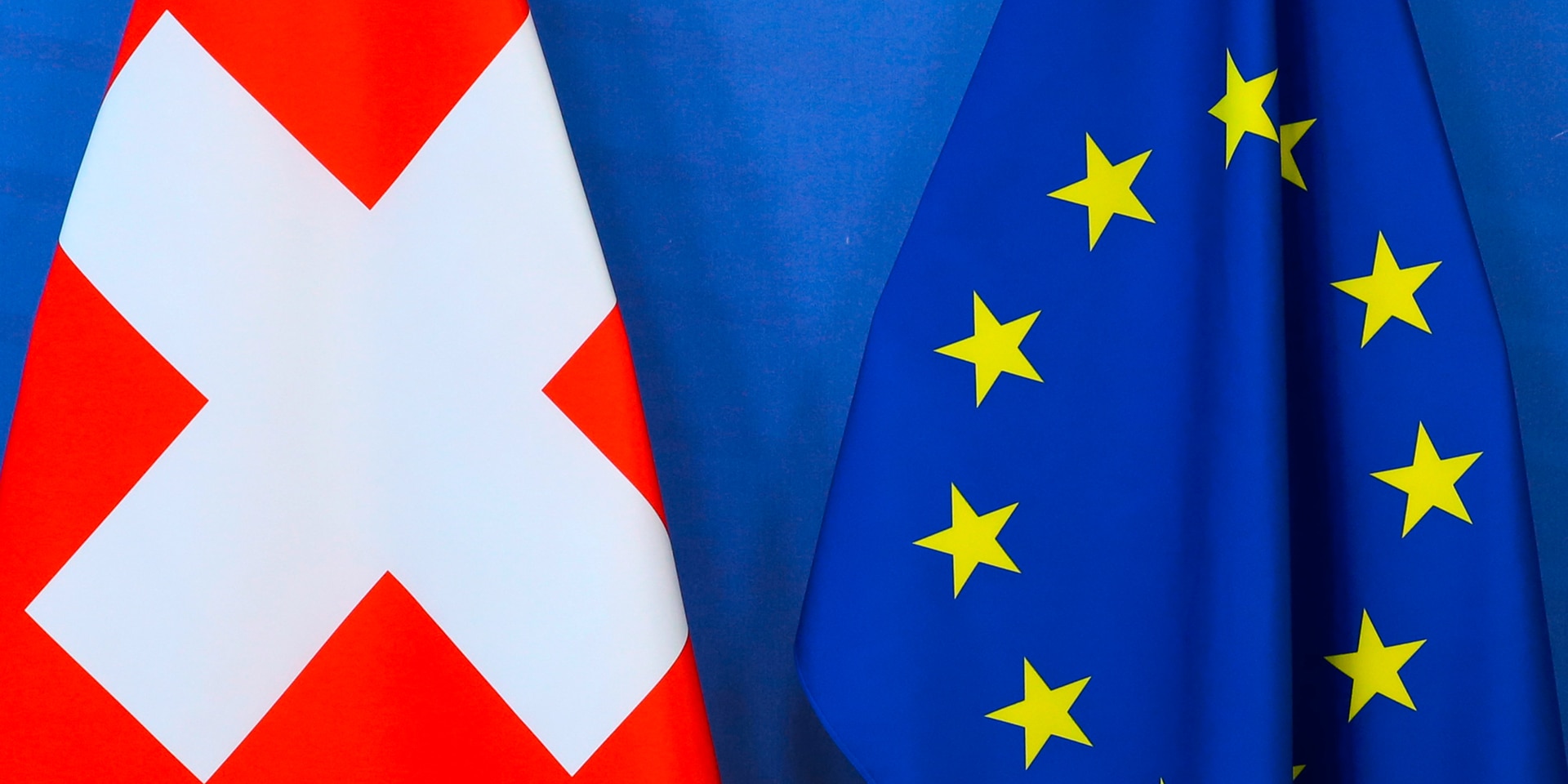"The enlargement contribution has had a positive impact on Switzerland's bilateral relations with the EU-13 countries"
Just a few weeks after the institutional agreement negotiations with the EU were terminated, the Federal Council started working towards the unblocking of the second Swiss contribution to selected EU member states. These framework credits are intended to contribute to greater cohesion within the EU and to improved migration management in Europe. Ruth Huber, head of the SDC's Cooperation with Eastern Europe Department, answers our questions on this topic.

Switzerland’s cohesion contribution programme in Poland has also contributed to improving air quality and has reduced annual CO2 emissions by 88,000 tonnes. © SECO
Although negotiations on the Switzerland-EU institutional agreement were terminated at the end of May 2021, the Federal Council would like to maintain Switzerland's long-standing and fruitful bilateral approach. At its meeting, the Federal Council decided to submit a dispatch to Parliament requesting the unblocking of the second Swiss contribution.
This contribution was approved in principle by Parliament in December 2019. However, Parliament conditioned its approval on there being no discriminatory measures in place against Switzerland. Currents discussions are focusing on eliminating this condition, which is still in force. The Federal Council wishes to proceed with this second contribution, which should lend new impetus to Switzerland's relations with the EU. It also aims to strengthen Switzerland's stature as a reliable partner.
In order to safeguard its prosperity in the long term, Switzerland must also contribute to a secure, stable and prosperous Europe. It therefore has a vital interest in continuing to use its expertise to strengthen cohesion in Europe and improve the management of migration flows. This second contribution will also enable Switzerland to better pursue a goal that the Federal Council has repeatedly stressed as important: to strengthen and deepen bilateral relations with the partner countries and the EU as a whole.
Ruth Huber, head of the SDC's Cooperation with Eastern Europe Department, answers five questions.

The first contribution's framework credit – CHF 1 billion – was approved in 2007. Have we achieved the objectives we set for that first contribution?
Goals for the enlargement contribution were defined in the areas of the environment, public and social security, economic growth and the strengthening of civil society. The overall results of the enlargement contribution are very positive. Various external evaluations and reports have confirmed that for most projects, the goals set were achieved or even surpassed.
For example, the use of renewable energies was increased in private households and public buildings in some partner countries. There are also encouraging results as regards social services: in Bulgaria, for example, a home-care system for the elderly was introduced, modelled on the Swiss Spitex system.
The enlargement contribution in Croatia will run until the end of 2024.
What unexpected effects has this first contribution had?
The enlargement contribution has strengthened Switzerland's image in the partner countries more than expected. This has had a positive impact on bilateral relations. In addition, organisations in Switzerland as well as in the partner countries expressed considerable interest in working together. This close cooperation helps participants share knowledge and experience and is very valuable for Switzerland's integration into European networks. For example, the Sciex research programme not only allowed doctoral and post-doctoral students to conduct and expand their research in Switzerland – it also strengthened Switzerland's ties with the academic networks in the European countries involved.
We have seen that the partner countries are highly interested in Swiss expertise and partnerships. This cooperation will therefore be continued with the second contribution.
The second Swiss contribution will be aimed not only at promoting EU cohesion but also at helping to better manage migratory flows. Can you tell us more about this?
The second Swiss contribution is divided into two framework credits. The first framework credit is similar to the first contribution, the enlargement contribution; it is directed at cohesion within the EU. The second framework credit is intended to strengthen migration management in EU member states that are particularly affected by migration flows. The State Secretariat for Migration is responsible for this part (CHF 200 million) of the contribution. These funds are intended to help the countries concerned to develop efficient and effective migration management practices and to harmonise them within Europe. It is in Switzerland's interest to contribute in this way to the reduction of irregular migration flows in Europe.
The Federal Council is working to have the contribution unblocked as soon as possible. But are we talking about one agreement with the EU or many different bilateral agreements directly with the partner countries?
Switzerland will implement the second Swiss contribution autonomously. We plan to conclude bilateral implementation agreements with all the selected countries. These agreements will specify the rules and the given programme's content. The partner countries are responsible for project implementation.
Switzerland plans to conclude a non-legally binding memorandum of understanding with the EU that will summarise the key points of the second contribution.
In this context, the SDC will be working closely with SECO as well as with SERI and SEM. Can you tell us more about how these differing areas of expertise are to be pooled and why this is important?
SECO is responsible for one half of the framework credit for cohesion, the SDC for the other. SERI is closely involved, particularly in the planned priorities in the areas of vocational education and training and of research. SEM is responsible for the migration-focused framework credit. Other federal offices such as FEDPOL are also involved, for example in programmes in the area of security (human trafficking and policing). Cooperation between the various federal offices is closely coordinated in a way that allows each organisational unit to contribute its expertise and strengths.
Ruth Huber, assistant director general of the SDC, head of the SDC's Cooperation with Eastern Europe Department
Ruth Huber has been working for the FDFA's Swiss Agency for Development and Cooperation (SDC) since 1996. She worked for four years in the Swiss cooperation office in Bolivia and then for the SDC in Bern as deputy head of the Division for Employment and Income. Ms Huber also served in Bern as deputy head and interim head of the SDC's Global Cooperation Department.
From 2011 to 2015, she headed the SDC's regional programme in Laos, Cambodia and Vietnam, going on to serve as ambassador to Malawi and Zimbabwe from 2015 to February 2018.
Since March 2018, Ms Huber has headed the SDC's Cooperation with Eastern Europe Department in Bern as ambassador and assistant director general of the SDC.
Before joining the FDFA, she was a delegate of the International Committee of the Red Cross. She holds a master's degree in International Relations from the University of St.Gallen.
Links
- Switzerland's contribution to the enlarged EU
- Swiss contribution (enlargement contribution) to selected EU states
- Swiss Agency for Development and Cooperation
- Cooperation with Eastern Europe
- State Secretariat for Economic Affairs SECO
- State Secretariat for Education, Research and Innovation SERI
- State Secretariat for Migration



